1. Fireworks on the Fourth of July
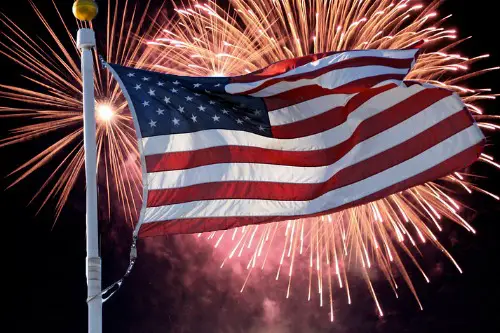
Fireworks are the quintessential symbol of American independence—exploding in red, white, and blue across the sky. Towns from coast to coast host displays, and families light sparklers in driveways. It feels like a national ritual, rooted in 1776 and reinforced by tradition. The boom is patriotic.
But not every region goes all in. Western states often restrict fireworks due to wildfire risk, and some cities opt for drone shows or laser displays. The tradition depends on geography, not just patriotism. And yes, your cousin in Arizona has to settle for glow sticks.
2. Tailgating Before Football Games
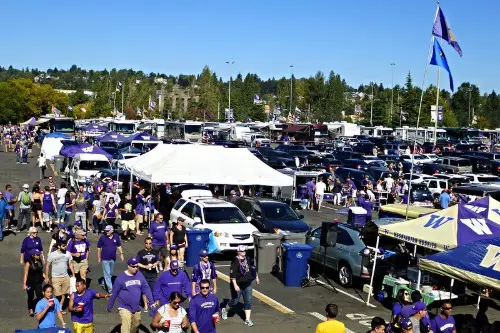
Tailgating is treated like a civic duty in football-heavy regions—grills fired up, coolers packed, and team flags flying. It’s a celebration of sport, community, and American leisure. Parking lots become pop-up villages of burgers and cornhole. It’s patriotism with potato salad.
But outside the South and Midwest, tailgating is less intense or even nonexistent. Coastal cities may skip it entirely, favoring bars or transit. The tradition thrives where football is religion. And yes, not every stadium smells like charcoal.
3. Singing the National Anthem at School Events
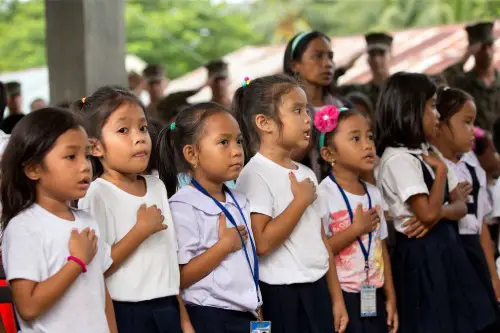
The Star-Spangled Banner opens everything from pep rallies to spelling bees in many American schools. Students stand, hats come off, and hands go to hearts. It’s a moment of unity and reverence. The anthem is woven into childhood.
Yet in some regions, especially urban districts, the tradition is fading or replaced by more inclusive gestures. Debates over patriotism and protest have reshaped the ritual. The anthem isn’t universal—it’s contextual. And yes, some schools start with silence.
4. Barbecue as a Cultural Identity
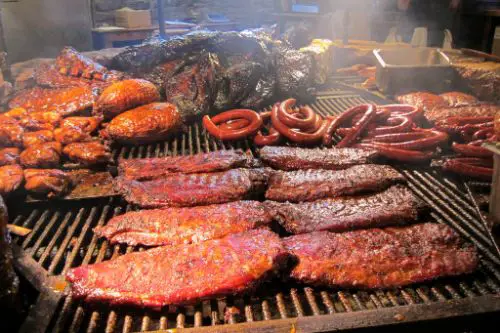
Barbecue is often framed as a national treasure—slow-cooked meat, smoky sauces, and backyard pride. It’s featured in cookbooks, commercials, and political campaigns. But the style, flavor, and even definition vary wildly. It’s patriotism with a regional accent.
Texas swears by brisket, Carolina defends vinegar sauce, and Kansas City demands burnt ends. What counts as “real” barbecue depends on your zip code. The unity is delicious—but fractured. And yes, someone will fight you over slaw placement.
5. Wearing Flag Apparel on Holidays
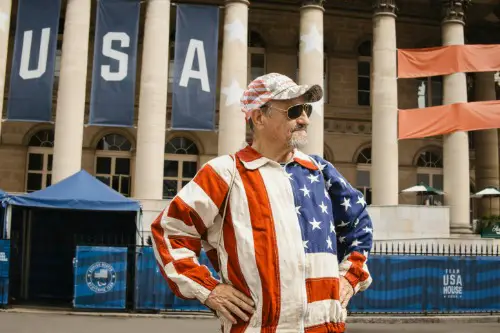
Wearing stars and stripes on shirts, hats, and swimsuits feels like peak American pride. It’s common on Memorial Day, Independence Day, and even Labor Day. The flag becomes fashion—loud, proud, and everywhere. It’s patriotism you can wear.
But in some regions, especially the Pacific Northwest and parts of New England, flag apparel is seen as performative or political. The vibe shifts from celebration to statement. The tradition isn’t universal—it’s interpretive. And yes, someone’s tank top sparks a debate.
6. Saying the Pledge of Allegiance Daily
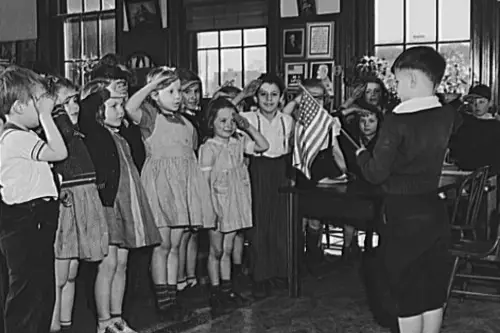
Reciting the Pledge of Allegiance is a morning ritual in many American schools—automatic, rhythmic, and deeply ingrained. It’s framed as civic education and national unity. Students memorize it before they understand it. It’s patriotism by repetition.
But in some districts, especially in progressive cities, the pledge is optional or omitted entirely. Legal challenges and cultural shifts have reshaped its role. The tradition varies more than people realize. And yes, not every classroom starts with a flag.
7. Driving Pickup Trucks as a Lifestyle
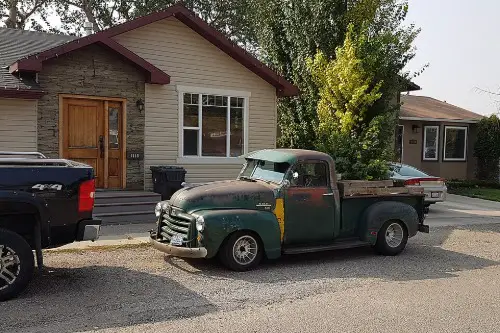
Pickup trucks are often seen as the American vehicle—rugged, reliable, and ready for anything. They’re featured in country songs, political ads, and patriotic montages. Owning one feels like embracing freedom and utility. It’s horsepower with heritage.
But in urban centers and coastal regions, trucks are rare or impractical. Sedans, hybrids, and public transit dominate. The truck-as-identity is regional, not national. And yes, parallel parking a Silverado in Brooklyn is a myth.
8. Decorating for Memorial Day
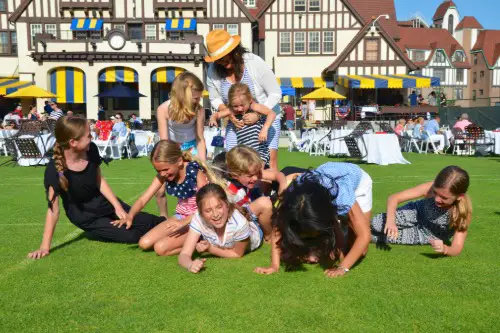
Memorial Day is a solemn national holiday—but in many regions, it’s also a decorative one. Flags line yards, wreaths hang on doors, and red-white-and-blue bunting appears overnight. It’s remembrance with flair. The visuals feel patriotic.
Yet in some cities, the holiday passes quietly—marked by closures, not color. Decorations are sparse, and ceremonies are subdued. The tradition depends on local culture and military presence. And yes, some neighborhoods skip the bunting entirely.
9. Saying “Support Our Troops” as a Default
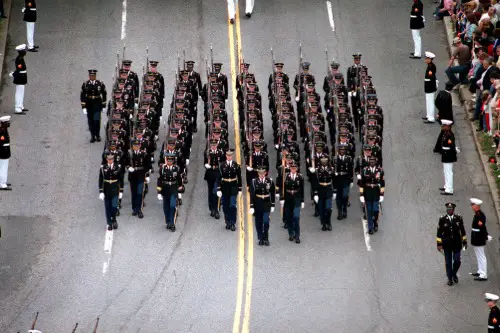
“Support Our Troops” is a phrase woven into American life—bumper stickers, billboards, and casual conversation. It’s meant to express gratitude and unity. The sentiment feels universal and patriotic. It’s respect with repetition.
But in some regions, especially where military presence is minimal, the phrase is less visible or more nuanced. Political debates and generational shifts have changed its tone. The tradition isn’t as widespread as it seems. And yes, not every town has a yellow ribbon.
10. Flying the Flag Year-Round
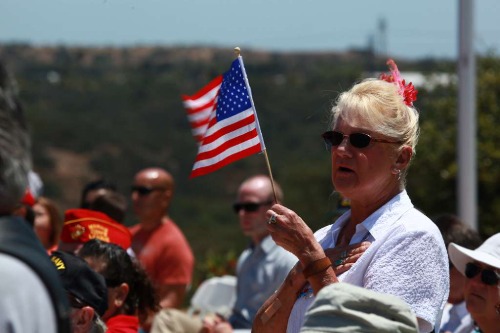
Flying the American flag outside homes is seen as a patriotic gesture—constant, proud, and deeply symbolic. In many regions, it’s as common as the mailbox. The flag waves in sunshine and snow. It’s patriotism on display.
But in parts of the country, especially urban and coastal areas, flags are seasonal or absent. The gesture is interpreted differently—sometimes as political, sometimes as performative. The tradition is regional, not universal. And yes, your neighbor’s flagpole might be a statement.
This post 10 Traditions That Feel Patriotic Until You Realize They’re Just Regional Vibes was first published on American Charm.


